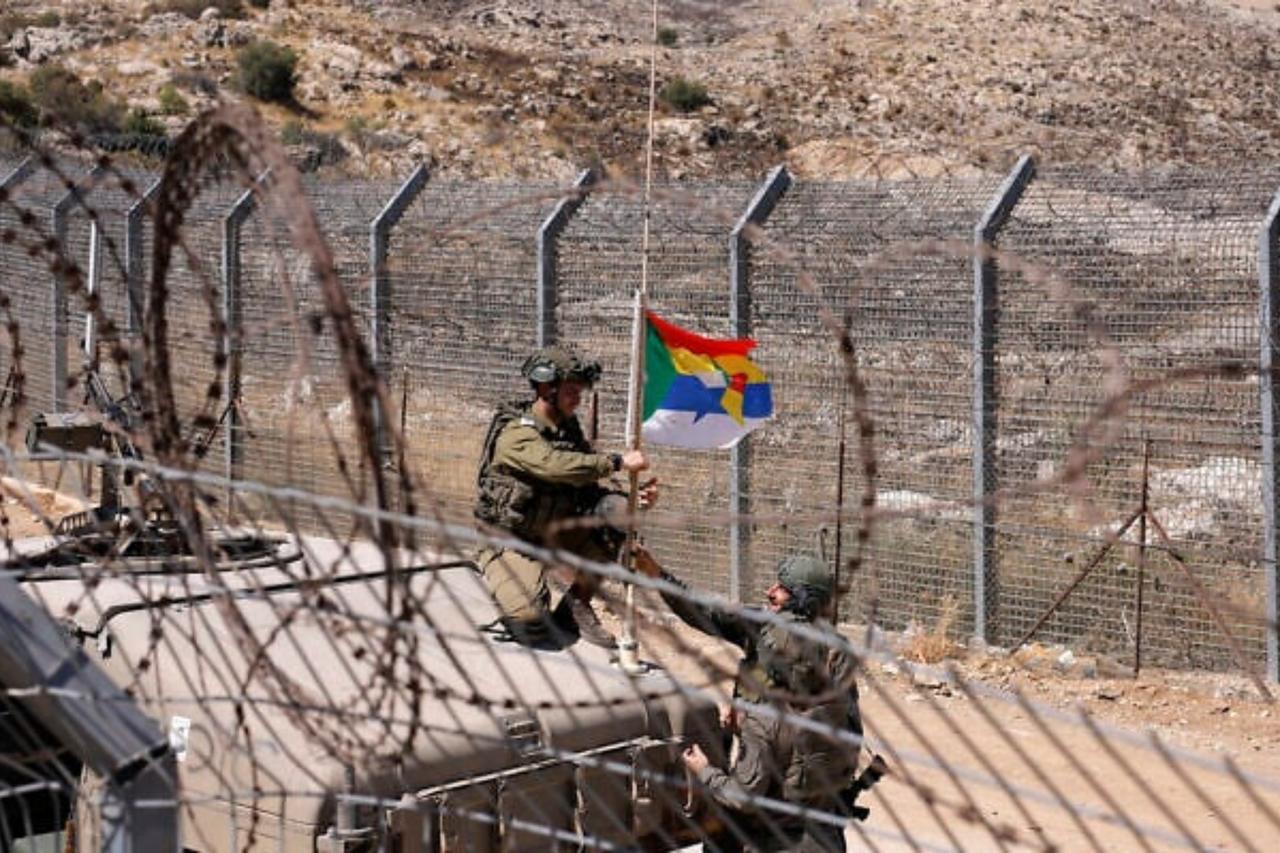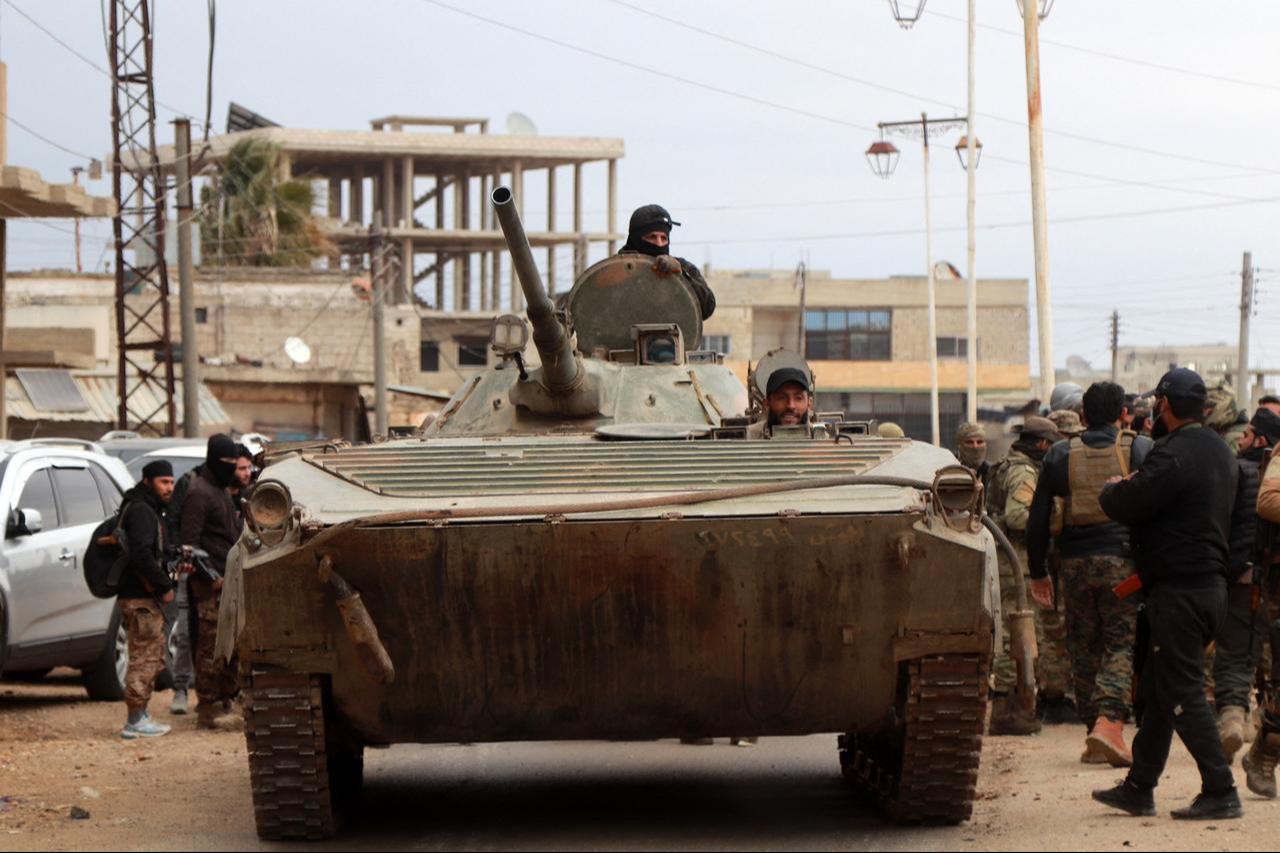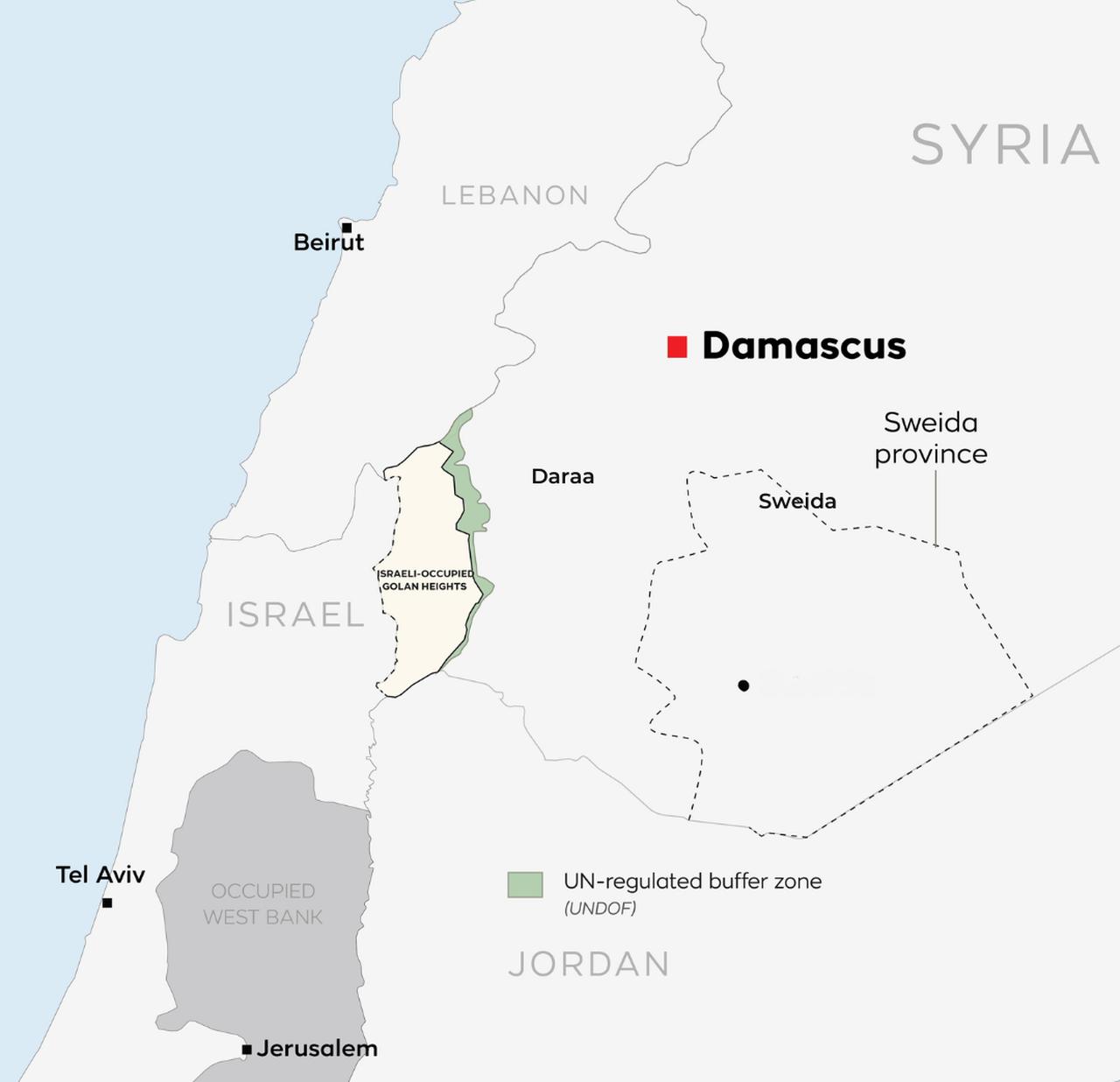
Earlier this week, Syria’s southern province of Daraa became the scene of renewed Daesh activity after the group released video footage of a field execution.
The victim, identified as an internal security officer in his 30s, was shot at close range. His body was later discovered in Daraa’s eastern countryside.
In the footage, the Daesh militant justified the killing as punishment for “those who attack the soldiers of the caliphate.”
The statement was interpreted as a threat directed not only at local security forces but also at communities suspected of resisting the group’s influence.
This marked the first documented video attack by Daesh in southern Syria in 2025, breaking a period of relative calm and raising concerns that the group is seeking to reestablish itself in one of the country’s most sensitive regions.

Security reports indicate that the execution coincided with infiltration operations by small Daesh units from central Syria’s Badia desert. These cells, often consisting of two to four members, reportedly used secondary routes through the Sweida countryside to reach Daraa.
According to local sources, militants disguised themselves with false papers to blend into commercial convoys, eventually linking up with dormant networks in areas such as Tafas, Casim and Nawa.
The aim of these infiltrations, analysts suggest, is to revive sleeper cells, recruit locals, and demonstrate Daesh’s ability to act both on the ground and in the media space.
Officials warn that the group’s strategy extends beyond targeting state personnel.
Civilians who oppose Daesh or cooperate with security forces may also become potential targets, fueling concerns of more complex and sustained attacks in the near future.

The renewed Daesh activity is particularly concerning given Daraa’s geopolitical significance. The province borders Sweida to the east and lies just north of the Israeli-occupied Golan Heights.
Its location places it at the intersection of several regional fault lines, where even limited militant activity can quickly acquire broader strategic consequences.
Observers note that instability in Daraa could justify Israel extending its military and political footprint deeper into southern Syria.
The presence of Daesh cells, however small, could be used as a pretext for security operations, opening the way for Israel to advance long-discussed plans for reshaping local governance structures.
For years, Israeli and pro-Israeli voices have raised the idea of establishing an independent Druze authority in Sweida, a region with a significant Druze population.
Such a project would require creating a corridor through Daraa, linking Israel’s positions in the Golan Heights with Sweida.
While there is no evidence of an immediate large-scale Daesh threat, the reactivation of cells in Daraa could serve two purposes.
On the one hand, it destabilizes Damascus’s control over the south; on the other, it provides Israel with a narrative of fighting terrorism while pursuing its own territorial and political objectives.
Analysts in the region argue that this overlap is not coincidental. The reemergence of Daesh in Daraa can both destabilize the area and simultaneously legitimize external interventions under the banner of counterterrorism.
The timing of the events in Daraa has underscored the relevance of the regional framework established earlier this year.
In March 2025, Türkiye, Jordan, Iraq, Syria and Lebanon agreed in Amman to form a joint mechanism for intelligence sharing and coordinated operations against Daesh.
Following that meeting, Foreign Minister Hakan Fidan stated that the creation of a joint operations center would be the first concrete step of the initiative.
The execution in Daraa now appears to validate the foresight behind that decision, as it demonstrates Daesh’s lingering capacity to unsettle fragile areas and exploit ungoverned spaces.
It is expected that the operations centers, whose primary mission is stated as combating Daesh activity in northern Syria, will focus on the south and the desert to prevent previously anticipated situations.
Turkish officials have consistently cautioned that Israel could instrumentalize Daesh activity in Daraa. In April 2025, Deputy Foreign Minister Nuh Yilmaz said at the Antalya Diplomacy Forum that dormant Daesh cells in southern Syria might be activated to justify Israeli expansion.
He argued that Israel’s policies represent the greatest threat to Syria’s sovereignty, stressing that the country “needs chaos” to legitimize its presence.
Yilmaz also linked this assessment to the regional cooperation initiative, explaining that Türkiye and its partners had launched the joint mechanism specifically to counter Israel’s destabilizing role.
He noted that the operations center would be based in Syria and operate at the request of Damascus to help rebuild local capacity. For Ankara, the latest events in Daraa validate these warnings.
The documented execution and infiltration movements are viewed not only as signs of Daesh reactivation but also as potential cover for Israel’s longer-term objective of reshaping southern Syria through a Druze corridor.
However, foresight alone is not enough. The effectiveness of the Syria-based anti-Daesh coalition that unites the Levant countries will determine both the extent of Daesh revival efforts in the region and the effectiveness of Israel's earlier plans with rebel Druze factions.